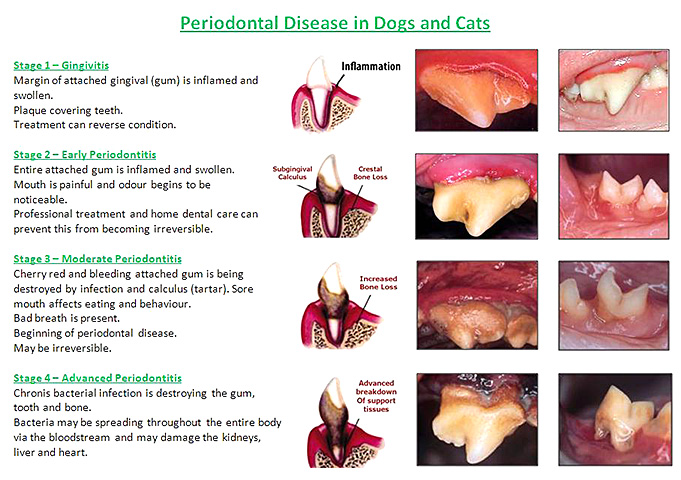Lyme Disease and your Dog
Lyme disease is one of the most common tick-transmitted diseases in the world. It is caused by a spirochete (bacteria) species of the Borrelia burgdorferi group. Dominant clinical feature in dogs is recurrent lameness due to inflammation of the joints.…
